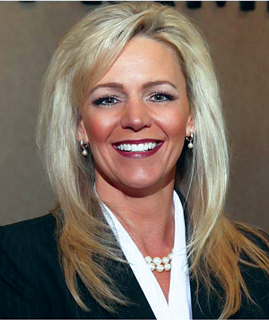
The majority (64%) of skilled nursing facilities use electronic health records, according to a September 2017 Data Brief from the Office of the National Coordinator for Health Information Technology. That’s good news because an EHR dramatically improves the exchange of patient health information during transitions of care between acute care and SNFs.
However, only 18% of SNFs have taken the next step to integrate their EHR with a regional or state health information exchange.
The technology adoption curve for SNFs and other home and senior living care providers has been slow because these organizations were not eligible to participate in the Medicare and Medicaid Incentive Programs. But as value-based reimbursement models continue to gain traction, senior living care providers need to deepen their electronic connections to health systems and other care providers or risk losing opportunities for growth. Here’s why:
Payers are narrowing their networks and so are health systems.
A 2016 survey by McKesson Health Systems found more than 80% of payers are more selective about the hospitals included in their networks. Nearly two-thirds of hospitals surveyed said they are part of accountable care organizations.
Using an EHR to digitize will soon become the price of admission for SNFs to get referrals. Connecting to HIEs and national data sharing networks such as Carequality will become more important, as enhanced care collaboration and managing outcomes for specific groups of individuals become more common in senior living settings.
Electronic information exchange creates opportunities for automating processes.
Deeper integration with health systems support automated referral management, which benefits everyone — SNFs, home and senior living care providers, hospitals and patients. Automating referrals provides a central intake point and allows the use of embedded business rules for faster, more consistent acceptances and rejections. Patient information can be integrated with the EHR admission workflows, resulting in smoother transitions of care. SNFs also can share outcomes and clinical data with the hospital systems.
More accurate, longitudinal patient data means better outcomes.
Integration with HIEs and national data sharing networks increases secure, electronic access to vital medical information, improving the speed, quality and safety of patient care while reducing costs. Electronic access to up-to-date patient information that includes allergies, medications, test results and immunizations enhances patient privacy, decreases data entry and reduces duplication of tests. Because HIEs and other networks contain information across care settings, providers get a broader picture of the individual’s needs and can make more informed decisions about discharge and home care requirements.
You can view this video to begin building your own strategy to build deeper electronic connections with health systems.
Dawn Iddings is a senior vice president for Netsmart, a health information technology provider for post-acute, senior living, behavioral health and home care organizations. She can be reached at [email protected].




